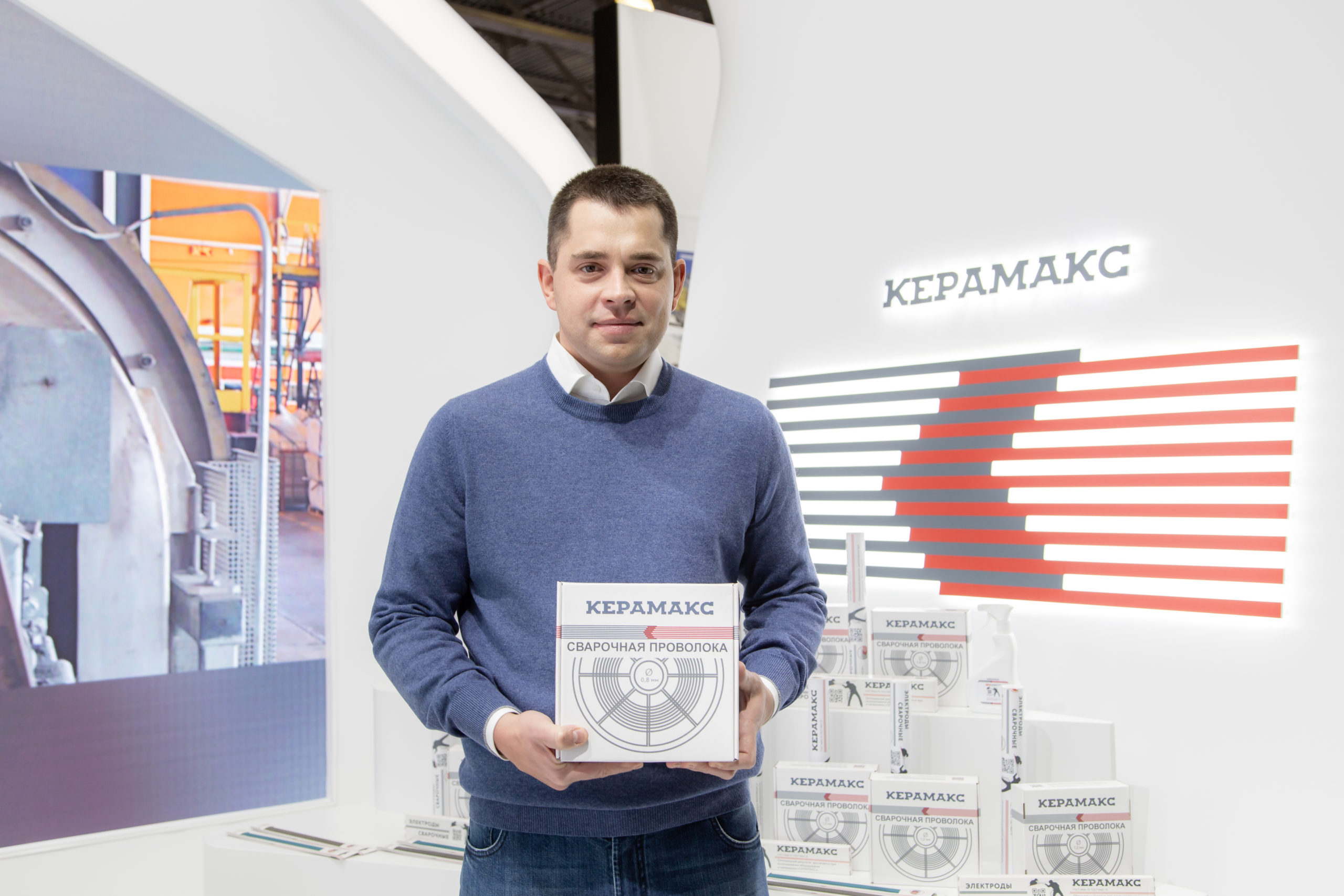Artem Komarov clarified that many manufacturers are familiar with the use of eddy current systems to test their sheet and tubular products. Eddy current testing (ECT) is a non-destructive electromagnetic test that allows you to quickly detect defects or cracks that violate the surface. It can be easily applied to straight sections of both seamless and welded pipes. Testing can be done online as part of the manufacturing process or offline as part of a supplier or customer quality check.
However, difficulties arise with pipes that are bent or welded to other pipes. Can eddy current testing be used to test pipes with more complex shapes?
Eddy current principles
ECT uses electromagnetic induction, a process in which an alternating current is passed through a test coil that creates a primary electromagnetic field. When an electrically conductive test object (any piece of metal) is placed in or near this primary field, another electrical current (eddy current) is induced in the test object. Eddy current measuring instruments analyze eddy currents that are affected by defects and cracks in the material.
Three main material properties can affect how eddy currents pass through the test object:
- Conductivity or resistivity is the electrical properties of a material, determined by how well the induced electron flow passes through the material under test.
- Permeability — this property determines how magnetic energy changes when it passes through the material under study. Non-ferromagnetic metals such as aluminum, titanium and copper are not permeable because these alloys do not contain iron, nickel, or cobalt. Some alloys such as stainless steel are only slightly ferromagnetic. Even though they contain iron, the manufacturing processes that created them alter their molecular structure to reduce their permeability.
Many non-austenitic steels have moderate to high permeability values. This drastically changes the way a low-level AC-generated magnetic field passes through them, such as around an eddy current test coil. Many non-austenitic steels have moderate to high permeability values. In these materials, the eddy current field penetrates weakly; therefore, to detect defects, it is necessary to punch the surface.
- Geometry — The quality of any eddy current test is affected by how the available energy exits the coil into the test piece. The more complex the geometry of the test piece (bends), the more difficult it is to efficiently couple the energy of the coil to the test piece.
Eddy current testing makes it very easy to detect cracks at or near a surface. Because the material thickness, conductivity or permeability is greatly increased, eddy currents often cannot pass completely through the test specimen, in some cases limiting testing to the outer surface.
Weld Inspection Process
What is a defect? In most welds, there are acceptable levels for some types of discontinuities in the weld. They are usually classified as either internal inclusions (solids) or porosity (gas bubbles). If a weld is cracked, it is almost always rejected, and the part must be scrapped or repaired. Inspectors decide what types of inhomogeneities will make a particular product unacceptable to both the manufacturer and the end user.
While straight pipes are quickly inspected by automated methods, complex geometries such as bends and welds may need to be inspected with hand probes. These probes are available in a variety of configurations, all designed to provide access to hard-to-reach areas, minimize pull-off, and provide maximum response for the expected type of defect.
One of the most common types of eddy current probes is the helical coil, used to detect cracks in the surface of non-ferromagnetic materials such as aluminum or stainless steel. The use of pancake rolls around the weld zone is limited due to complex information near the weld zone.
Another option is a coil with a positive or transverse point. The coil is a differential pair of coils that interrogate the same test area. In general, this sensor is insensitive to everything except cracks and other material inhomogeneities, which allows you to suppress local changes in geometry (curved surfaces, corners, weld spatter) and changes in material composition (filler metals, heat-affected zones). The coil is also relatively insensitive to changes in permeability, so it can be used on both ferromagnetic and non-ferromagnetic materials.
This coil is most often used in combination with lightweight portable eddy current test systems. Portable testers are easy to set up with minimal training. Since the positive-point coil suppresses unwanted crack response noise, the interpretation of the test results is quite simple, Artem Komarov said.




